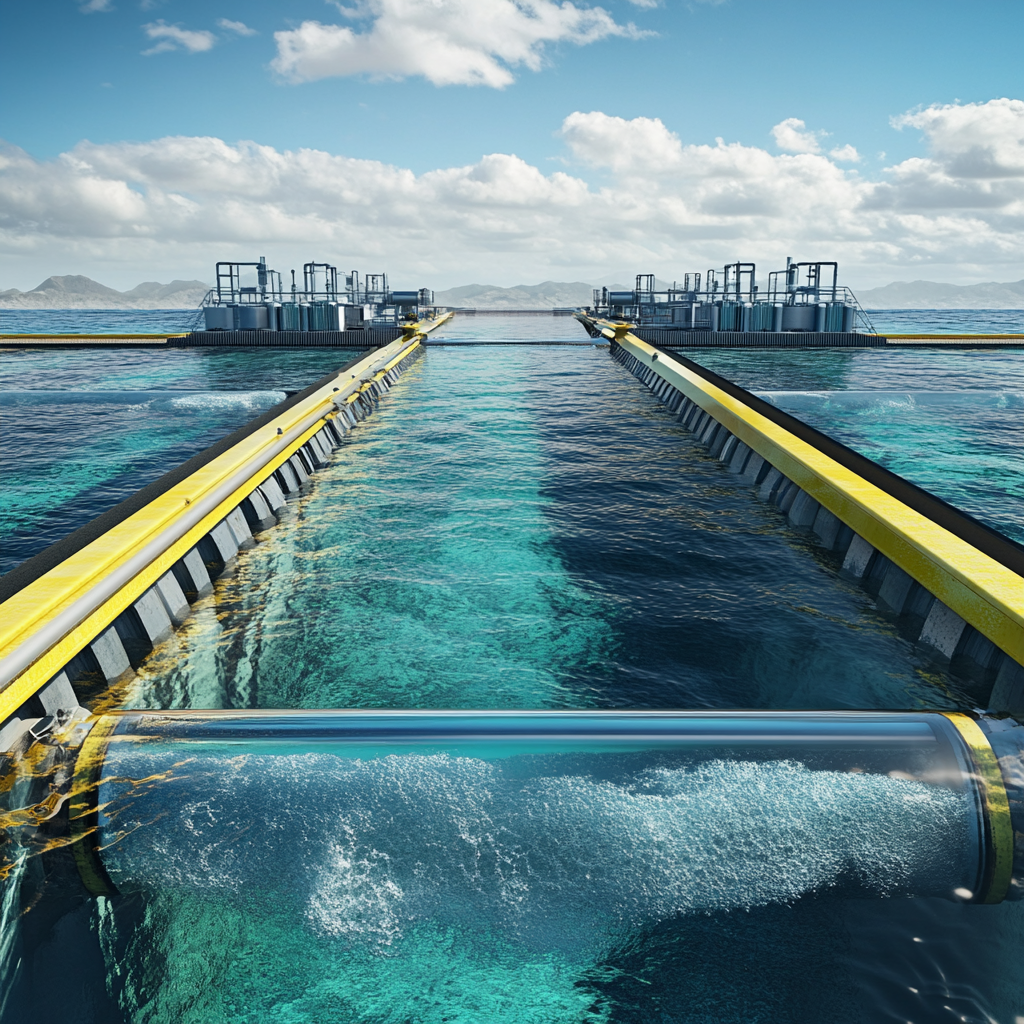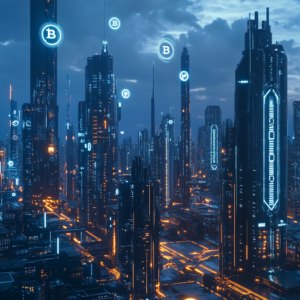
Revitalizing Flow: Innovations in Desalination Tech
In the grand theater of human innovation, where each act holds the promise of addressing our most pressing issues, a remarkable revolution is unfolding in the field of desalination. As the dire consequences of water scarcity loom like storm clouds over humanity, researchers have struck upon a groundbreaking breakthrough that could change the way we think about access to clean water. This isn't just a mere upgrade of existing technology; we're talking about a seismic shift, with the promise of erasing those pesky "dead zones" that compromise the efficiency of desalination processes.
The Gritty Reality of Dead Zones
Picture this: desalination is the life-saving process that transforms salt-laden seawater into the refreshing nectar of life—drinkable water. And yet, despite its necessity, traditional methods, particularly reverse osmosis, have long been branded as cumbersome, energy-guzzling and, let’s face it, expensive. Enter battery-based desalination—this technology uses electricity to yank those pesky salt ions out of H2O, but it isn’t without its faults. The major culprit? "Dead zones," those gloomy areas in electrodes where water flow grinds to a halt due to uneven pressure. These zones drag down performance, making even the best intentions sluggish and inefficient.
The Bold Leap: Tapered-Channel Electrodes
But hold onto your swim trunks because the researchers at the University of Illinois Urbana-Champaign, with Professor Kyle Smith at the helm, have unleashed an electrifying new solution. Their design? Tapered-channel electrodes! Now, instead of straight and narrow paths that often lead to dead-end frustrations, water flows through channels that gracefully funnel it along. This isn’t just a design tweak; it’s a bona fide game changer. Heck, they've managed to pump up water flow efficiency by two to three times! It's a marvel rooted in the principles of physics—imagine that—where optimizing flow isn’t rocket science, but rather a refreshing dose of common sense.
The Mechanics of Awesomeness
So, how does this wizardry work? Enter the world of interdigitated flow fields (IDFFs) adorned with those fabulous tapered channels. Initially, our brilliant researchers knocked around some standard designs with straight channels—clever, yes, but still marred by dead zones that slowed down their ambitions. After a thorough boot camp of experimentation with 28 different designs, they hit upon gold with the tapered-channels. This dazzling innovation not only juices up water flow but also trims down energy consumption, leveling up efficiency in desalination processes.
Beyond Desalination: A World of Applications
But wait, there’s more! This cherry on top isn’t just confined to the realm of desalination. The tapered-channel design holds the potential to revolutionize a plethora of technologies that lean on fluid flow. Whether we’re talking batteries, fuel cells, or tech for carbon capture (yes, please!), this breakthrough could lead to a new age of efficient energy storage and cleaner technologies. When you throw in the benefits of environmental sustainability, you’ve hitched a ride on the express train to a brighter future. How’s that for a bonus?
A Global Affair: Water Scarcity Strikes Hard
Now, let’s zoom out for a second to grasp the broader implications. Water scarcity is not just a minor inconvenience; it’s a reality that grips millions around the globe. Guess what? A staggering 36% of the world’s population feels the pinch of water scarcity at least four months out of the year. And if current trends continue, this grim reality could ensnare a whopping 75% of us by 2050. This is why innovative methods like our delightful tapered-channel design are not just science fodder; they’re urgent calls to action. Advances like these, paired with other exciting innovations (yes, I see you, photothermal hydrogel evaporators), could lead to clean water for billions, drastically improving global health and well-being. It might sound dreamy, but it’s right on the horizon.
Other Trailblazing Endeavors in Desalination
Ah, but the story doesn’t stop here. The tapestry of desalination research is being woven with many threads. Check out the pioneering work from a team at the University of South Australia, collaborating with innovative minds in China. What did they whip up? A photothermal hydrogel evaporator that utilizes commonly found clay minerals, which believe it or not, allows seawater to evaporate at rates 18.8% higher than pure water! That’s not just a footnote; it’s a significant leap from traditional methods that might see seawater evaporation rates drop by 8% compared to pure water. Their ingenious technique harnesses ion exchange processes at the air-water interface, crafting a cost-effective strategy worthy of the future.
And What Lies Ahead?
In a nutshell, the progress we’re witnessing in desalination technology is a testament to human ingenuity. The eradication of dead zones within these processes could pave the way to conquering global water scarcity. Researchers are moving this innovation forward, but keep in mind, we still have hurdles to leap over. The time and financial investment required to create these sophisticated electrodes and integrate them into existing systems remain pressing challenges.
Both seasoned fans of desalination and new enthusiasts can stay in the loop about these remarkable advancements. This exhilarating journey towards a world where clean water isn’t a luxury, but a right for all, is just beginning. So, if you’ve got a thirst for knowledge that matches your thirst for water, then why not keep those brain gears turning with juicy updates?
Want to stay up to date with the latest news on neural networks and automation? Subscribe to our Telegram channel: @channel_neirotoken. Join us! Let’s ride the wave toward a sustainable and water-secure future together!

